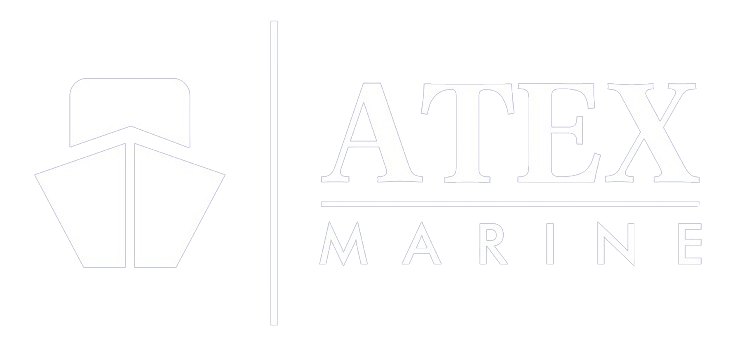The Starlink user terminal, also known as the “dish,” is a key component in accessing Starlink’s internet service. The terminal is designed to automatically adjust its position to align with satellites overhead. It features a phased-array antenna that allows for fast and accurate communication with the satellites. It’s easy to install and set up, making […]
Tag Archives: Starlink
Ground stations are essential for the Starlink network, as they communicate with satellites and facilitate data transmission to and from the Earth. These stations are strategically placed across various locations to ensure constant communication with the orbiting satellites. They receive data from the satellites and send data back, allowing for internet connectivity across the globe. […]
Starlink satellites are launched into space aboard SpaceX’s Falcon 9 rockets. Each launch typically carries up to 60 satellites, and multiple launches occur each month. The process is highly efficient, with the Falcon 9 rocket’s reusable capabilities reducing costs significantly. The satellites are deployed into orbit, where they then position themselves using onboard ion thrusters. […]
Starlink satellites operate in low Earth orbit (LEO) between 340 and 1,200 kilometers above the Earth’s surface. This position allows for lower latency compared to traditional geostationary satellites, which orbit at much higher altitudes. The LEO orbit also enables the satellites to move quickly across the sky, providing continuous coverage by working in tandem with […]
The Starlink constellation consists of thousands of small, low Earth orbit (LEO) satellites working together to provide global broadband coverage. With each satellite designed for low-latency data transmission, the constellation aims to offer affordable, high-speed internet to underserved areas. Starlink’s constellation architecture allows for continuous coverage, with satellites interlinked using laser communication to reduce reliance […]
Starlink satellites are designed for high-speed, low-latency global internet coverage. Each satellite weighs about 260 kg and features solar panels, phased-array antennas, and ion thrusters for maneuverability. They operate in LEO at altitudes of 340–550 km, ensuring fast data transmission. The network uses inter-satellite laser links to improve coverage and reduce reliance on ground stations. […]
A career with Starlink offers opportunities in cutting-edge fields like satellite engineering, AI-driven networking, and aerospace manufacturing. Employees work on developing next-generation communication technologies, solving global connectivity challenges, and advancing space-based internet infrastructure. Career paths include software development, data science, hardware design, and orbital mechanics. The rapid growth of the space industry means job security […]
Starlink’s internet speeds vary based on location, network congestion, and satellite coverage. Users typically experience download speeds between 50 Mbps and 250 Mbps, with upload speeds of 10-40 Mbps. Latency ranges from 20-40ms, significantly lower than traditional satellite providers. Speed tests can be performed using the Starlink app or online tools like Ookla. As Starlink […]
Installing Starlink is a straightforward process, thanks to its self-aligning dish and plug-and-play setup. Users receive a Starlink kit containing a satellite dish, Wi-Fi router, and mounting hardware. The dish requires a clear view of the sky for optimal performance, which users can check using the Starlink app. While basic installation is DIY-friendly, professional mounting […]
Several companies compete with Starlink in the satellite internet industry, including HughesNet, Viasat, Amazon’s Project Kuiper, and OneWeb. While HughesNet and Viasat rely on geostationary satellites with higher latency, OneWeb and Project Kuiper aim to create LEO constellations similar to Starlink. These competitors focus on different markets, with some targeting enterprise and government customers rather […]
